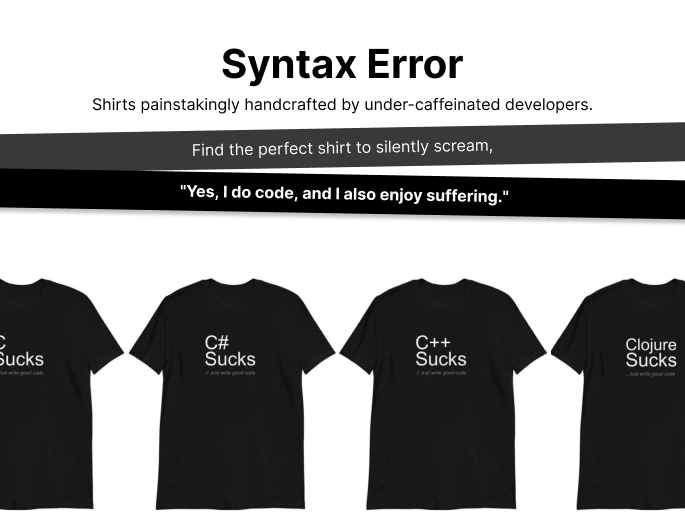Source: thenewstack.io
True Success in Process Automation Requires MicroservicesCategory: Software, Security, Data, Architecture, automation
We think you might be interested in this job:
Prismatic
In fact, 91% of teams utilizing RPA in 2020 reported experiencing problems with implementation, such as managing security, maintenance, and lack of control.
Many RPA implementations lack a “driving” capability that can connect one process to another. In the insurance example above, one bot that inputs a claim can connect to another that inputs data into the modern CRM system (and so on until the claims process is completed).
Related Articles
Community Partners
DevOps Careers









